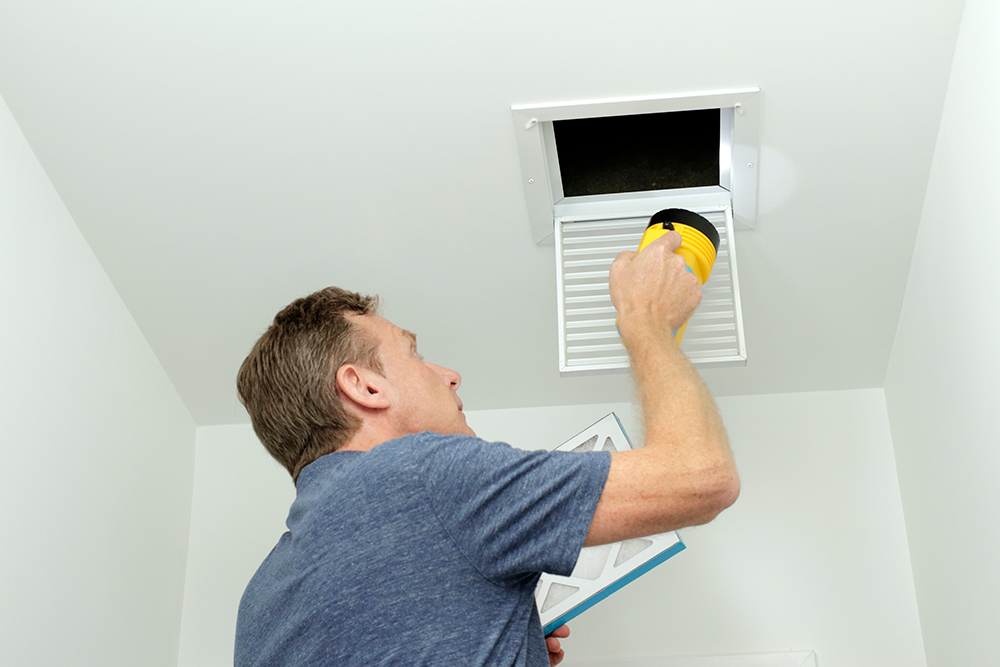When winter temperatures do their drastic drops in the weeks ahead, you’ll want your furnace ready to heat your home without any hitches. It might be a good idea to go over a service checklist to make sure you’ve covered all your cold-weather bases.
(1) Change your air filter
The general recommendation for changing an air filter is every three months – usually at the beginning of each new season. However, you may need to change more often (as often as every month) depending on the type of equipment you have. Other factors to consider are geographic location – if you live in a damp or dusty part of the country, your air filter may get dirty more quickly than average. Also, if you have pets or someone in your home smokes, you’ll likely need to change the air filter more frequently. Dirty air filters not only compromise interior air quality, but they can lead to increased energy costs and damage to your equipment.
(2) Make sure your return vents are not blocked
Arrange furniture and window treatments in a way that does not block the air flow from your vents. Otherwise you’re paying for energy that’s being sidetracked where it’s not useful. And in some cases, creating a backflow that puts stress on your heating equipment. Also, try to keep pets from curling up around vent areas. Not only can they block air flow, their fur can clog vents during when they shed.
(3) Notice if the blower fan makes any noise
When your blower fan comes on, you’re hearing your motor blades. If you hear rattling or abnormal humming, it is likely an indicator that the blades are either warped or not secure. Either way, this can cause problems for your equipment over time. Wire connections can become loose or separated. And a fan that is working improperly can cause a system to overheat and eventually fail. If you hear a strange noise, it’s best to have a professional take a look.
(4) Make sure ductwork is sealed
Cracks or leaks in your ductwork are one of the biggest culprits for energy loss. It’s a good idea to thoroughly check your ductwork to make sure there are no openings in the joints. If you find any, seal with special duct tape. Mastic or aluminum tape are best because vinyl tape will generally dry out and disintegrate after a few months.
(5) Schedule regular maintenance
A yearly tune-up will improve the efficiency of your heating equipment and increase your comfort. Energy Star has a regular maintenance checklist they recommend to prevent unwanted problems and future costs to repair your system. It’s a good idea to have a regular maintenance contract with a trusted local HVAC professional.
If your heat pump is more than 10 years old, or your furnace or boiler is more than 15 years old, you might consider replacing it with a new, more energy efficient Energy Star model. Today’s more efficient technology can provide you with significant savings on your energy bills.


